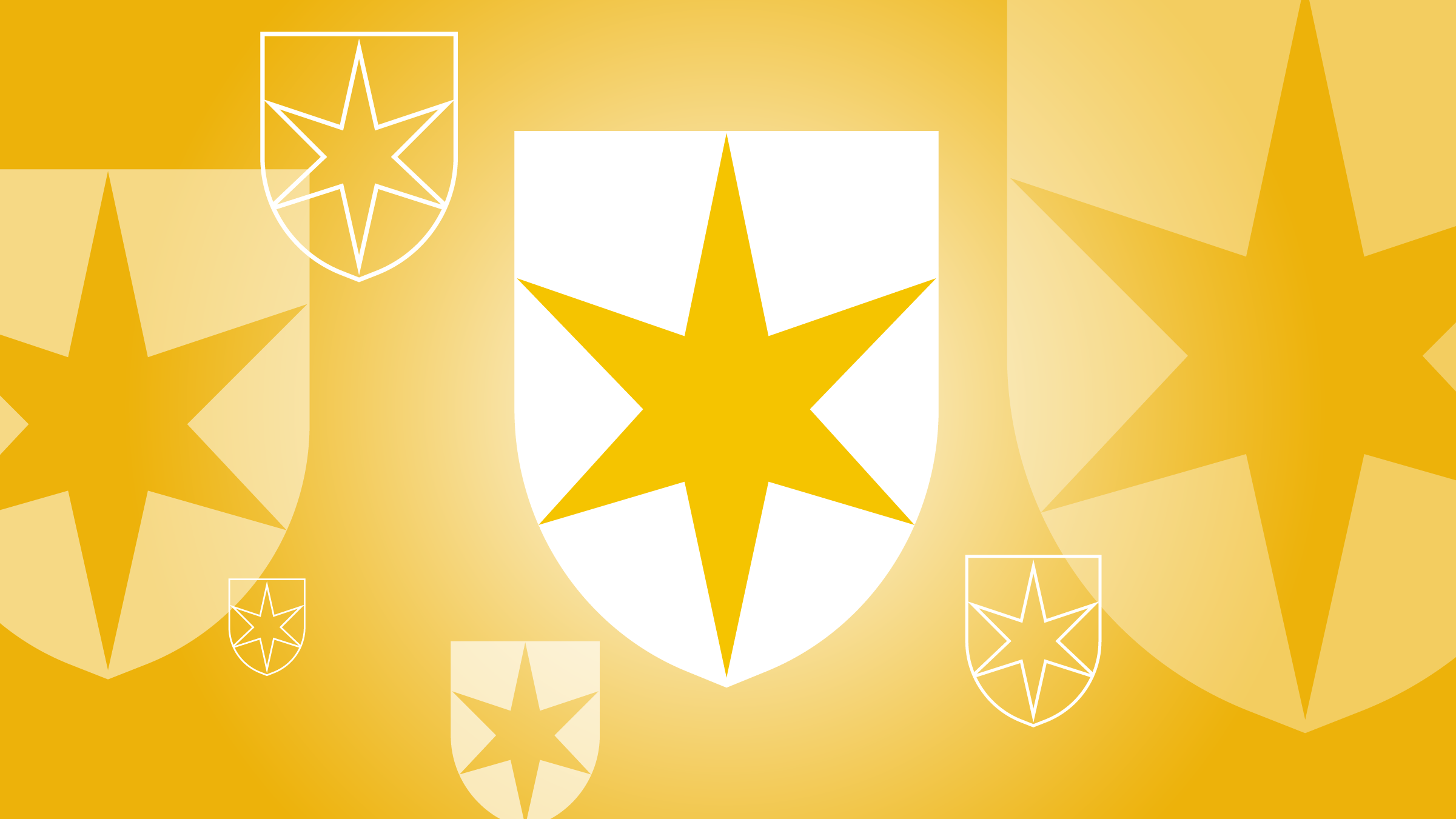
Canoe Equity Portfolio Class F
- Morningstar Medalist Rating: Silver
- Morningstar Rating: 5 stars
- Morningstar Category: Canadian Focused Equity
- Fund Size: C$1.5 billion
The returns of stock funds have been dominated by a handful of names over the past year, particularly in the United States, where soaring tech giants like Nvidia NVDA have been responsible for the lion’s share of recent market returns. Meanwhile, the C$1.5 billion Canoe Equity Portfolio Class F has charted its own course, racking up impressive, market-beating returns over both short and long periods
Canoe’s portfolio is built of stocks mainly from Canada and the US, and it looks quite different from the market’s headline-grabbing top performers. Notably, the fund doesn’t own any of the stocks known as the Magnificent Seven—Alphabet GOOGL, Amazon.com AMZN, Apple AAPL, Meta Platforms META, Microsoft MSFT, Nvidia, and Tesla TSLA.
Top Returns Without Tech Stocks
In fact, the fund owns fewer tech stocks overall than other funds in its category and in the index against which it measures performance. It’s instead heavily tilted toward resources, with 21.0% in energy and 7.3% in basic materials, while information technology has a relatively small exposure of only 8.0%. In comparison, the average fund in the Canadian Focused Equity category has just over 10.0% of its portfolio in energy, 6.2% in materials, and more than 15.0% in tech stocks.
“We haven’t chased the high-growth technology stocks, as they are difficult to analyze and forecast,” says Toronto-based lead manager Rob Taylor. Among the top 10 holdings in the fund are American financial services giants Wells Fargo and American Express, as well as health insurance firms Elevance Health and UnitedHealth Group.
With this approach, Canoe Equity Portfolio Class F has posted top-quartile performance for the one-, three-, five-, and ten-year periods ending July 17. For the F Series, the one-year gain was 19.2%, compared with 17.1% for Morningstar’s Canadian Focused Equity category and 17.7% for the benchmark index. For the longer and more relevant 10-year period, the F Series showed a robust average annual compounded return of 10.9%, decisively beating the category’s 7.1% and the benchmark’s 7.4%.
Canoe Equity Portfolio Class is required to invest a minimum of 50% of its assets in Canada, leaving lots of room to take advantage of geographic diversification opportunities. The fund recently had a 45% weighting in US stocks and 3% in other international stocks.
Taylor notes that Canada is highly concentrated in a few market sectors, particularly financial and energy, while the US offers more opportunities in healthcare, technology, industrial, and consumer stocks.
The portfolio is relatively concentrated and typically runs with 40-50 holdings. Roughly 80% of assets are held in large-cap stocks, and the team can enhance performance with up to 20% in small- and mid-cap stocks. Taylor says that with assets of C$1.5 billion, the 5-star, Silver-rated fund is large enough to take advantage of opportunities outside the large-cap space without getting tripped up by liquidity challenges.
While Canoe Equity Portfolio Class doesn’t aim to be a “low-volatility” fund, it has offered investors a smooth ride, with only one losing year in the last decade. In 2018 the F Series dropped 6.7%, but this was less than the category loss of 7.1% and the index’s loss of 7.4%. In 2022, when the overall market was down, Canoe Equity Portfolio posted gains.
Canoe’s strategy takes a long-term view, imagining how a company’s potential will unfold over five years, seeking those with a yearly growth rate of at least 15%. The team has a watchlist of about 1,000 companies, divided among five analysts who continually study them. If a favorite stock’s price drops to an attractive level, that triggers a “deep dive” analysis and possible addition to the portfolio. They also examine management teams’ record of capital allocation and ability to compound free cash flow.
Opportunities in Energy Stocks
Taylor views it as a yellow flag when market action becomes extremely concentrated in any particular area—as has been the case lately. He points to the fact that the top 10 companies now account for more than a third of the S&P 500 Index. This concentration leaves many other stocks overlooked and under-owned. He says the better companies could ultimately benefit from “a rotation from the generals to the soldiers.”
He views the opportunity in commodities—particularly energy companies—as promising. There has been a lack of corporate investment in expansion for several years, which has created a favorable supply/demand scenario for resource products at the same time that many companies have cut costs to become more efficient and cash-generative. In addition, because commodity stocks have not been popular, many trade at attractive valuations.
One of the fund’s top 10 holdings is Tourmaline Oil, Canada’s largest natural gas producer, with holdings in BC and Alberta. Tourmaline was 3.92% of the portfolio at the end of June, according to Morningstar Direct. The company has “multiple levers for outperformance,” Taylor says, including a reasonable stock price with potential for upward revaluation, growing cash flow due to strategic value-enhancing acquisitions, and a possible increase in natural gas prices due to tight global gas markets and growing demand. In the resource sector, the fund also holds ARC Resources and Agnico Mines.
Looking ahead at the investing environment, Taylor expects continued higher interest rates and inflation than a few years ago, and he wouldn’t be surprised to see a corrective period in stocks. “The best protection for the fund is to own companies with pricing power that can pass on cost increases to consumers,” he says. “We also like to have some commodity exposure for inflation protection.”
Taking Advantage of Market Volatility
Taylor’s goal is to avoid “permanent loss of capital,” and he thinks volatility in the stock market is a force to be taken advantage of.
He cites Starbucks as a holding that currently looks attractive, due to a 24% drop in the stock’s price over the past 12 months. He says the coffee chain continues to have strong brand recognition, and although there have been some growing pains in same-store sales, there is still growth potential both in North America and globally, as well as opportunities to improve results through menu enhancements and operating efficiencies. As of the end of April, the fund had a 2.05% weighting.
“We look to achieve alpha by picking the right stocks at the right time, and take advantage of bargains,” Taylor says. “By finding valuation discrepancies and buying at reasonable prices, we get extra downside protection.”





.jpg)















